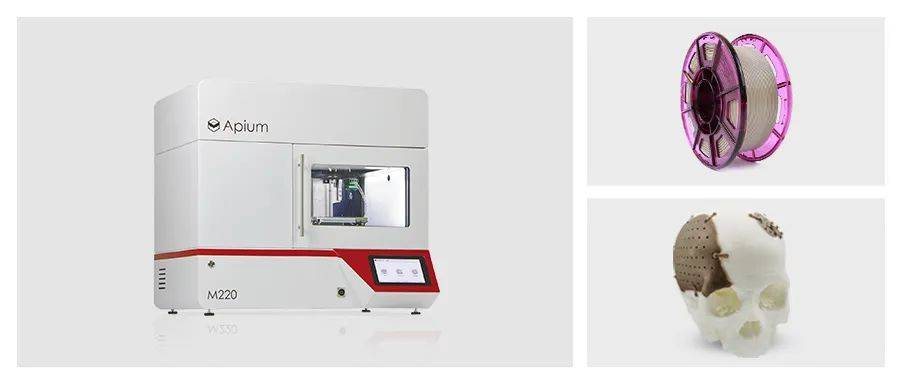
Cranial defects are a common craniosynostosis that not only interferes with the patient's physiologic function, but also severely disrupts the integrity of the cranial morphology. In order to provide more precise treatments for such disorders, current clinical studies tend to use geometric morphometrics (GM) methods based on computed tomography (CT) data to create personalized implants that exactly match the anatomical features of the patient's skull. In this context, the Thin Plate Sample (TPS) geometric morphometrics method, with its excellent mapping capabilities, is able to accurately reflect the bone thickness distribution in the damaged area.
This study used the Apium M220 3D printer, designed based on the TPS geometric morphometrics method, to create personalized polyether ether ketone (PEEK) implants for patients with large cranial defects (approximately 47.81c㎡). It was experimentally verified that Apium M220 could ensure the printing accuracy of PEEK implants up to 0.168 mm and its densification with a measured porosity of 0.07%. This study also further demonstrates the ability to provide highly customized implant solutions for cranial bone repair by combining advanced design methods and manufacturing techniques.
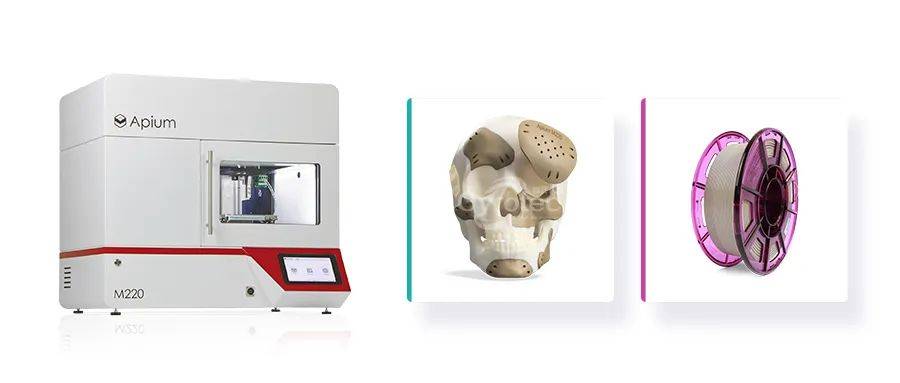
The Apium M220 3D printer and Evonik Industries AG's VESTAKEEP® i4-3DF-T consumables were used in the study.
3D Printers & Consumables
The Apium M220 3D printer used in this study was used for sample fabrication.The Apium M220 utilizes Fused Deposition Fabrication (FDF) technology for additive manufacturing by extruding and stacking hot-melt polymer materials layer by layer.The printing parameters of the Apium M220 are shown in the following table.
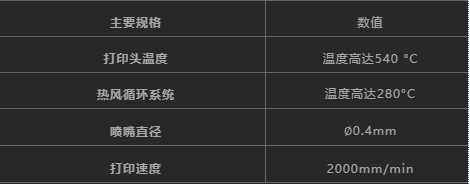
The printing material is Evonik Industries AG Germany's VESTAKEEP® i4-3DF-T, a polyether ether ether ketone (PEEK) special filament, which has a density of 1,300 kg/m³, a tensile modulus of 3,500 MPa and a tensile strength of 94 MPa.
Sample production
The computed tomography data were geometrically and morphometrically designed to obtain a 3D model of the implant, as shown in Figure 1. The samples were fabricated in an Apium M220 3D printer with a total printing time of 4 hours. After printing the samples were naturally cooled to room temperature and the support structures were removed using standard pliers.

Fig. 1: 3D model of TPS-based cranial implant
(a) Outer layer of the virtually generated cranial implant
(b) Inside of the virtually planned cranial implant
(c) Sample of damaged skull characterized by the virtually designed implant
X-ray computed tomography (CT) scan
The printed samples were scanned using a microcomputed tomography system (70 μm resolution), as shown in Figure 2.
The scanning voltage was 110 KV, current 400 μA, power 44 W, exposure time 666 m/s, and 1440 projections were scanned for a total scanning time of 1 h 8 min.
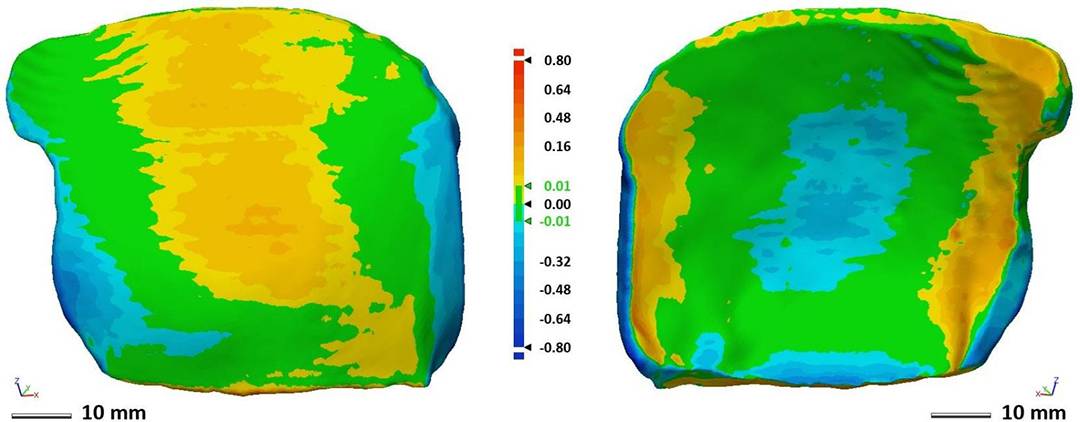
图 2:虚拟模型与真实 3D 打印种植体的显微 CT 的
标称值与实际值对比(单位:毫米mm)
Results and discussion
The X-ray micro-computed tomography results showed that the geometric deviation between the PEEK implant printed by the Apium M220 3D printer and the design model was only 0.168 mm (see Fig. 2), which proved that the printer can realize high-precision PEEK implant manufacturing and meet clinical requirements. In addition, the densities of the printed parts were high, and the porosity detected was only 0.07% (see Fig. 3), indicating that the internal structure of the printed parts was well-dense. The high-precision PEEK implants fabricated using the Apium series printers and VESTAKEEP® i4-3DF-T implant-grade PEEK material prints showed the best results in terms of cell proliferation on their surfaces (see literature for details by clicking on it [1]).
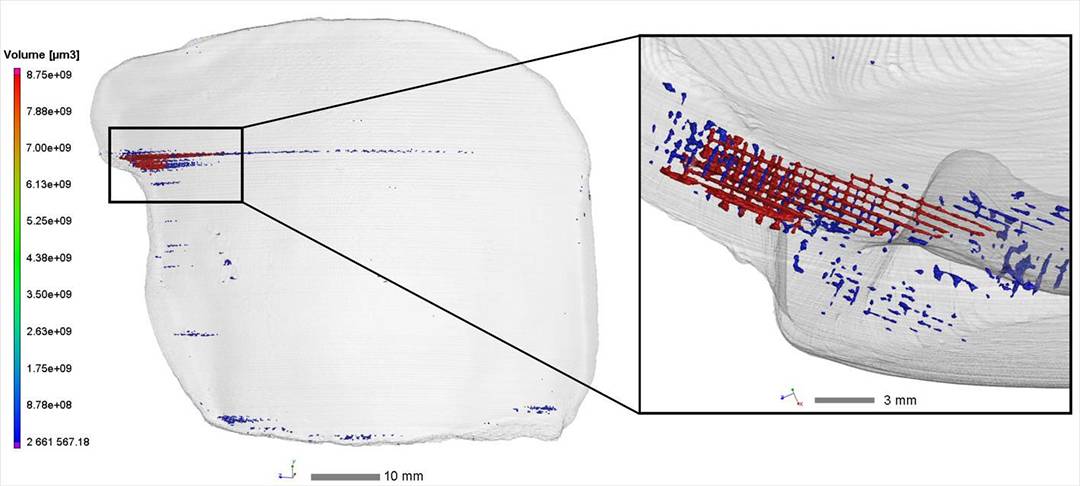
图3:VG Studio 3D打印植入体孔径分布三维可视化图
In this study, the precision printing of personalized PEEK implants based on Thin Plate Splines (TPS) geometries was successfully achieved with the Apium M220 3D printer, which integrates advanced core technologies such as temperature control and closed printing to ensure a stable printing environment and material protection from oxidation and other problems. The M220 integrates advanced core technologies such as temperature control and closed printing to ensure a stable printing environment and material protection, avoiding oxidization and other problems, thus ensuring the mechanical properties and surface quality of printed parts.
By integrating these core technologies, the M220 achieves extremely high print accuracy, with a geometric error of only 0.168mm from the design model, far exceeding current clinical standards. The prints demonstrate excellent densification with a porosity of only 0.07%, which is a superior printing solution to traditional manufacturing methods and opens up new possibilities for cranial defect repair.
Apium M220 Application Example - Cranial Patch
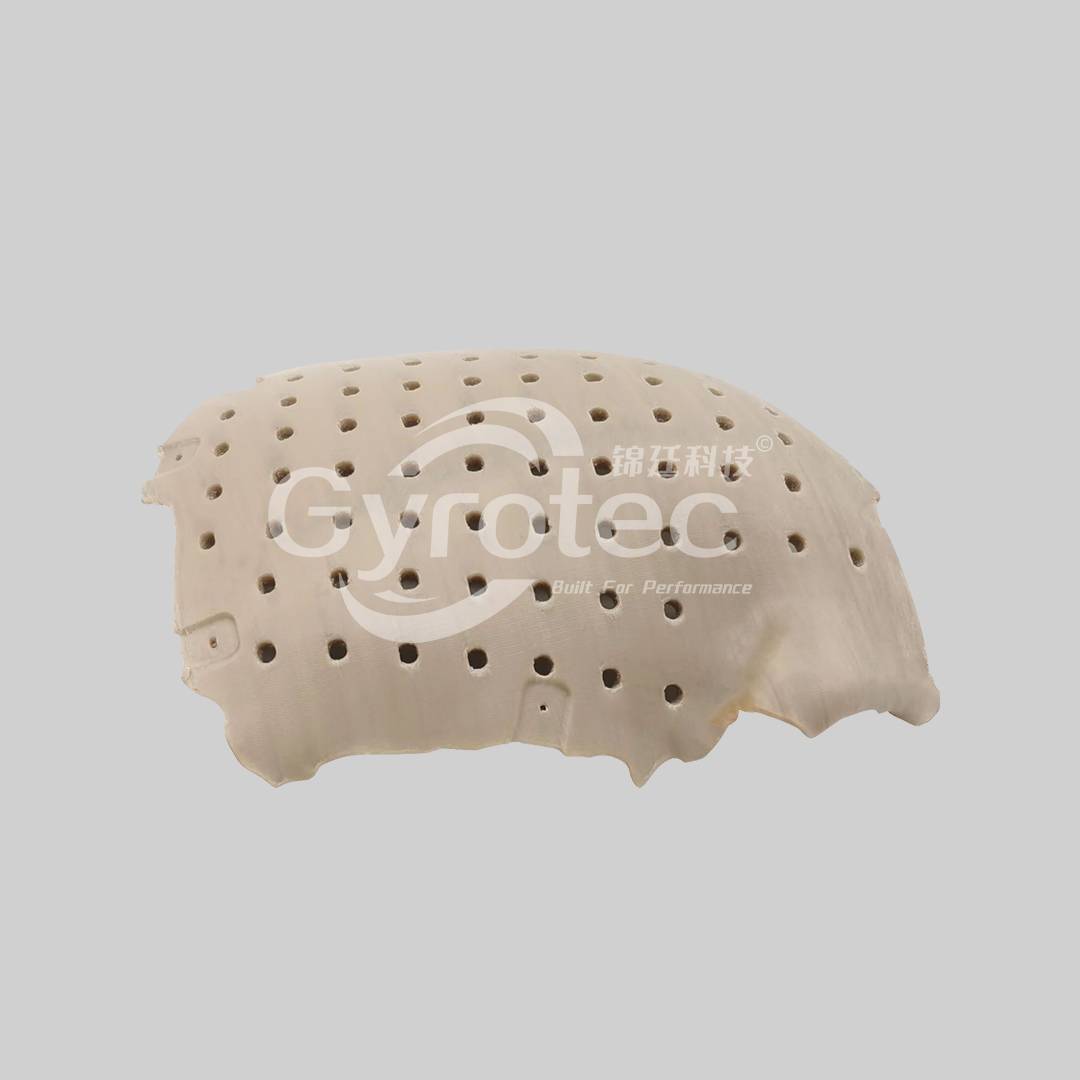
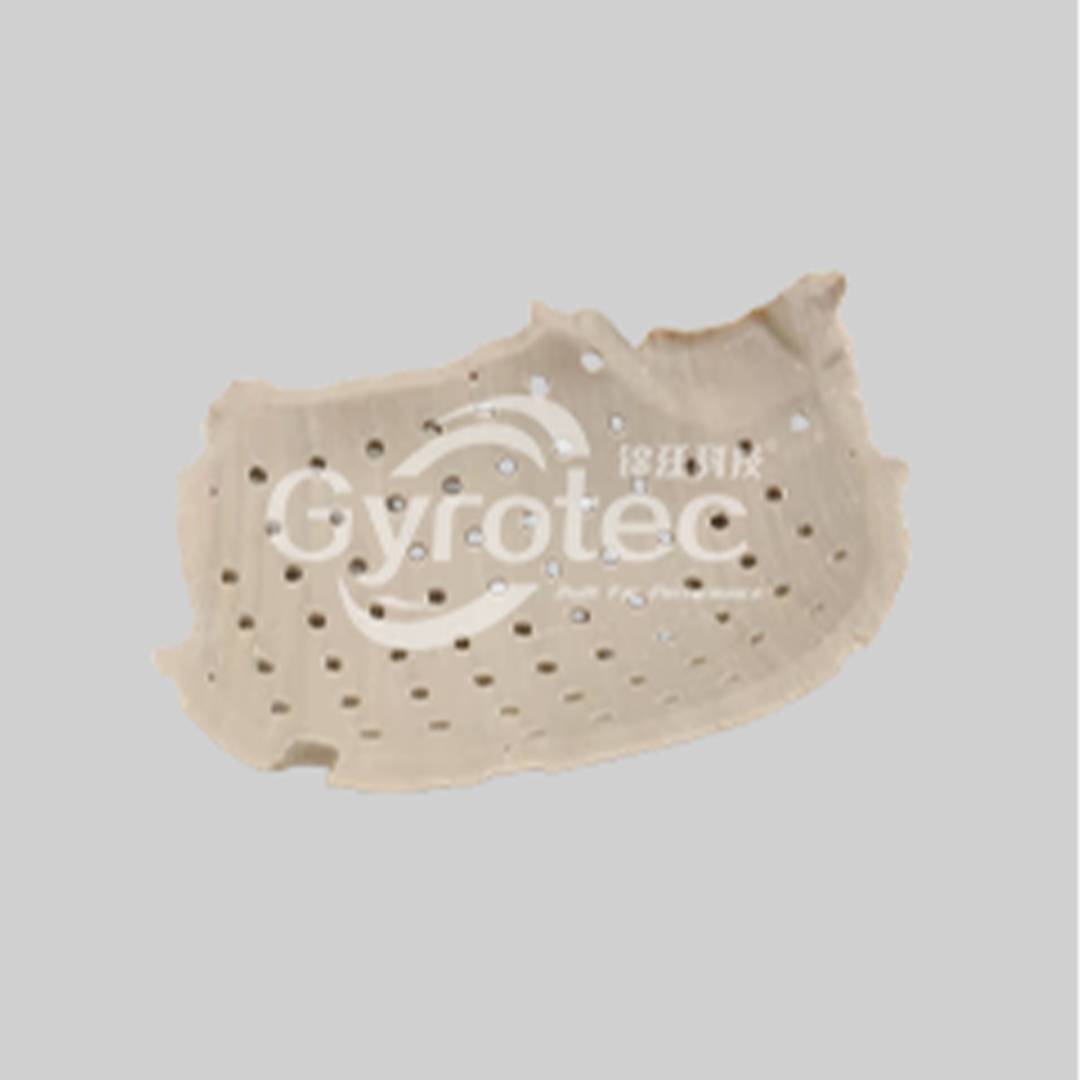
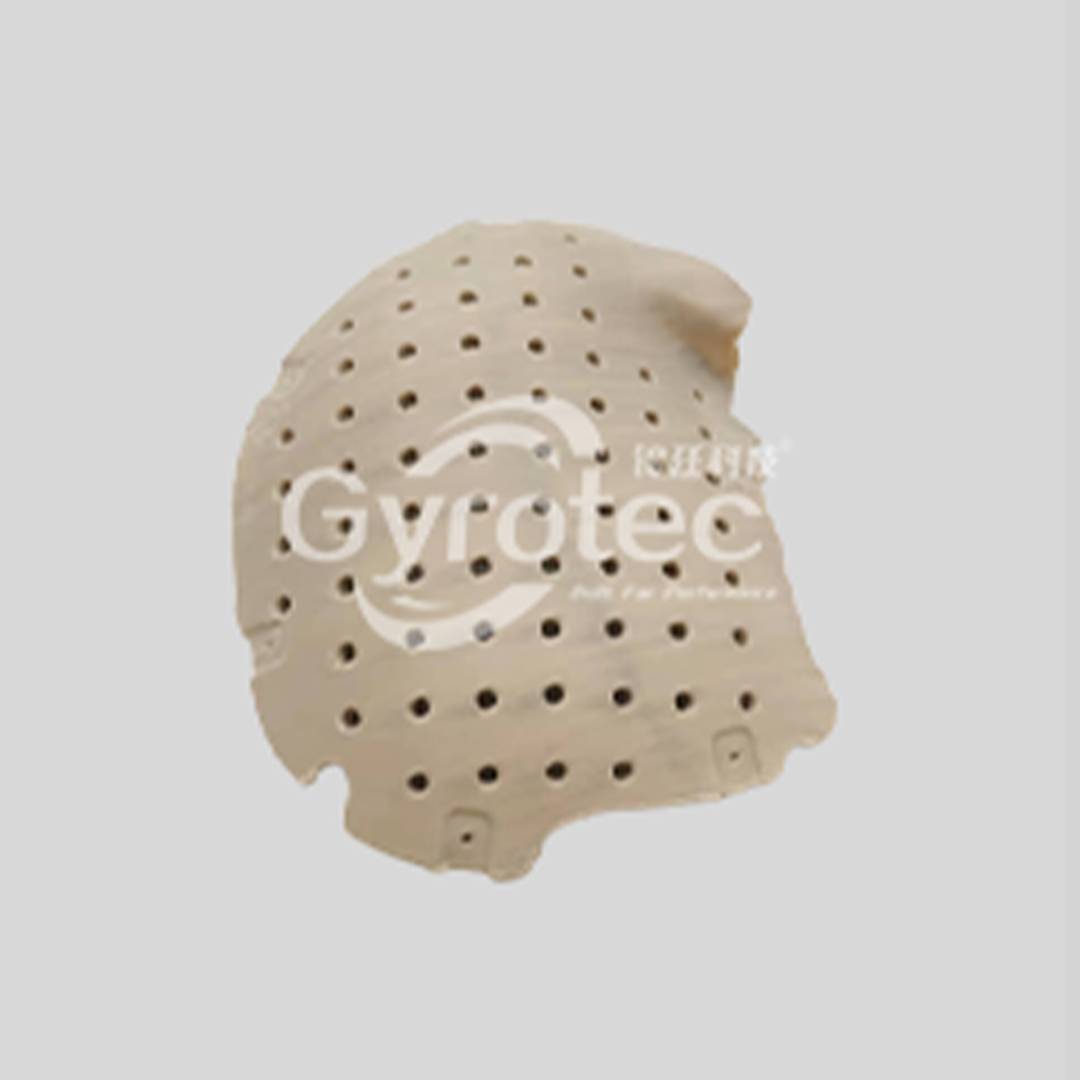
With the Apium M220 3D printer, the study brings a revolutionary technological solution for cranial defect repair, creating a more efficient and precise path for personalized treatment, as well as a more optimized treatment option for patients with cranial defects, which is expected to further improve treatment outcomes and patients' quality of life.
Bibliography:Non-destructive evaluation of patient-specific cranial implants using microcomputed tomography.DOI:10.58286/26643



























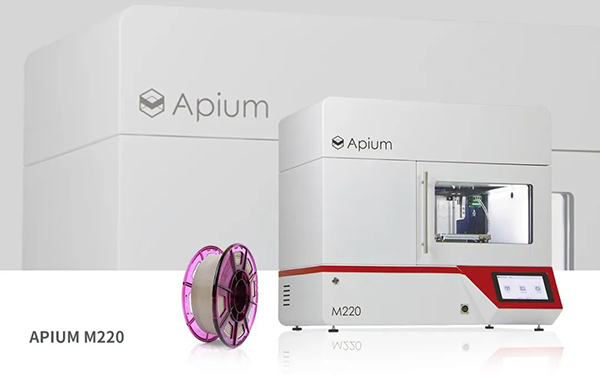
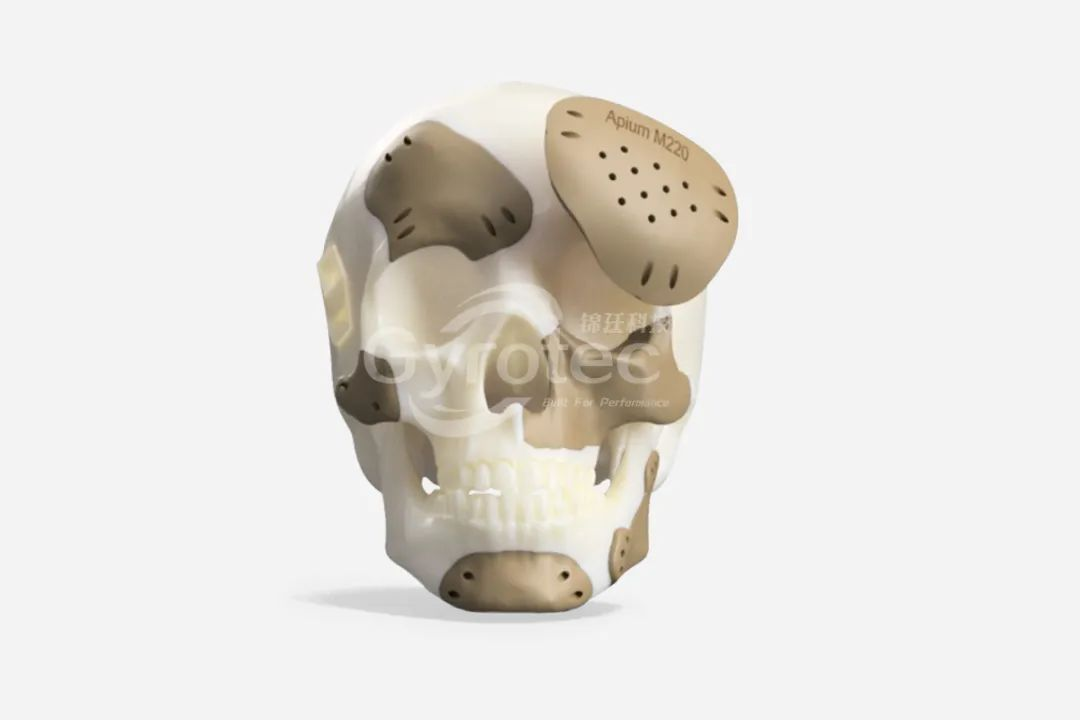
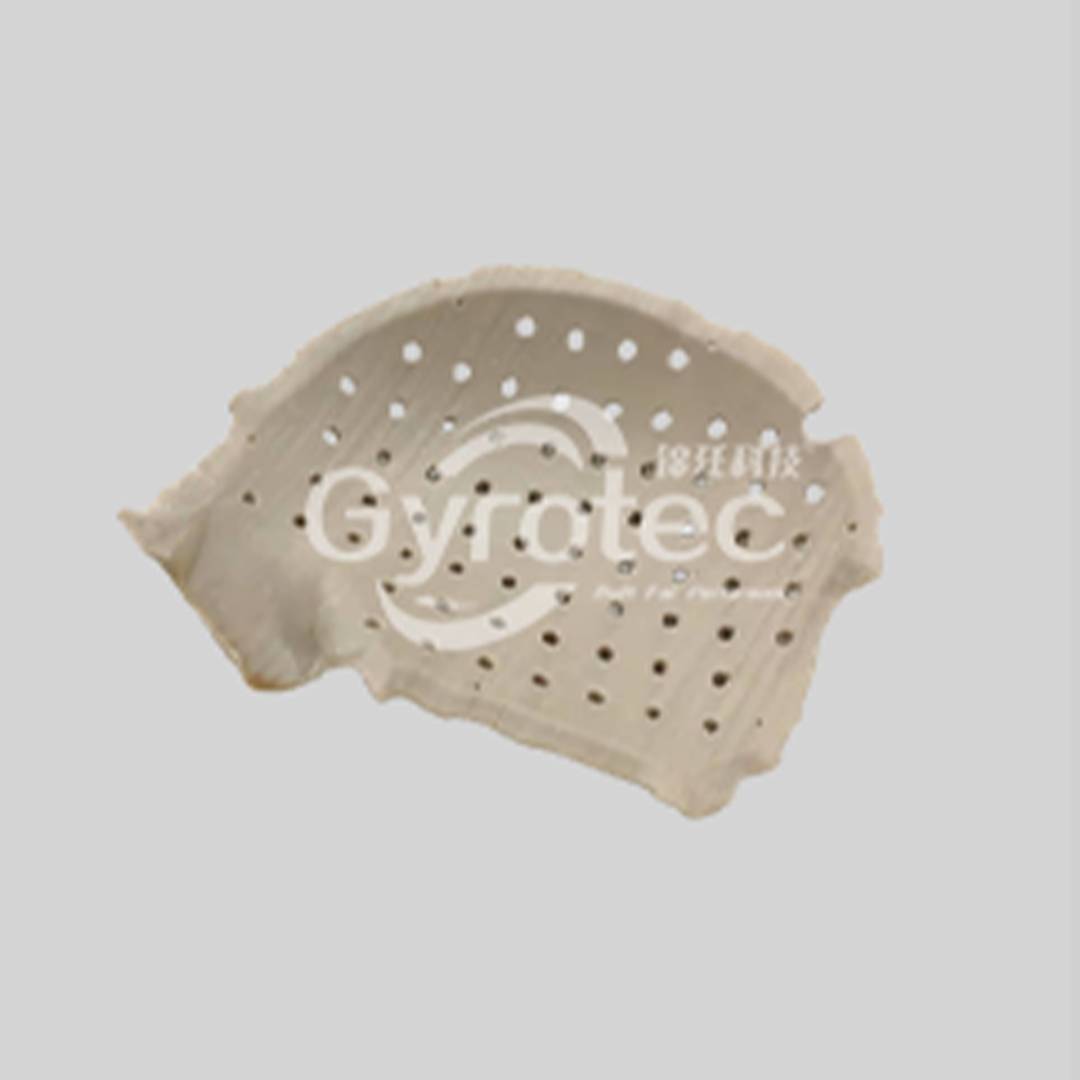
 Home
Home Telephone
Telephone Message
Message







